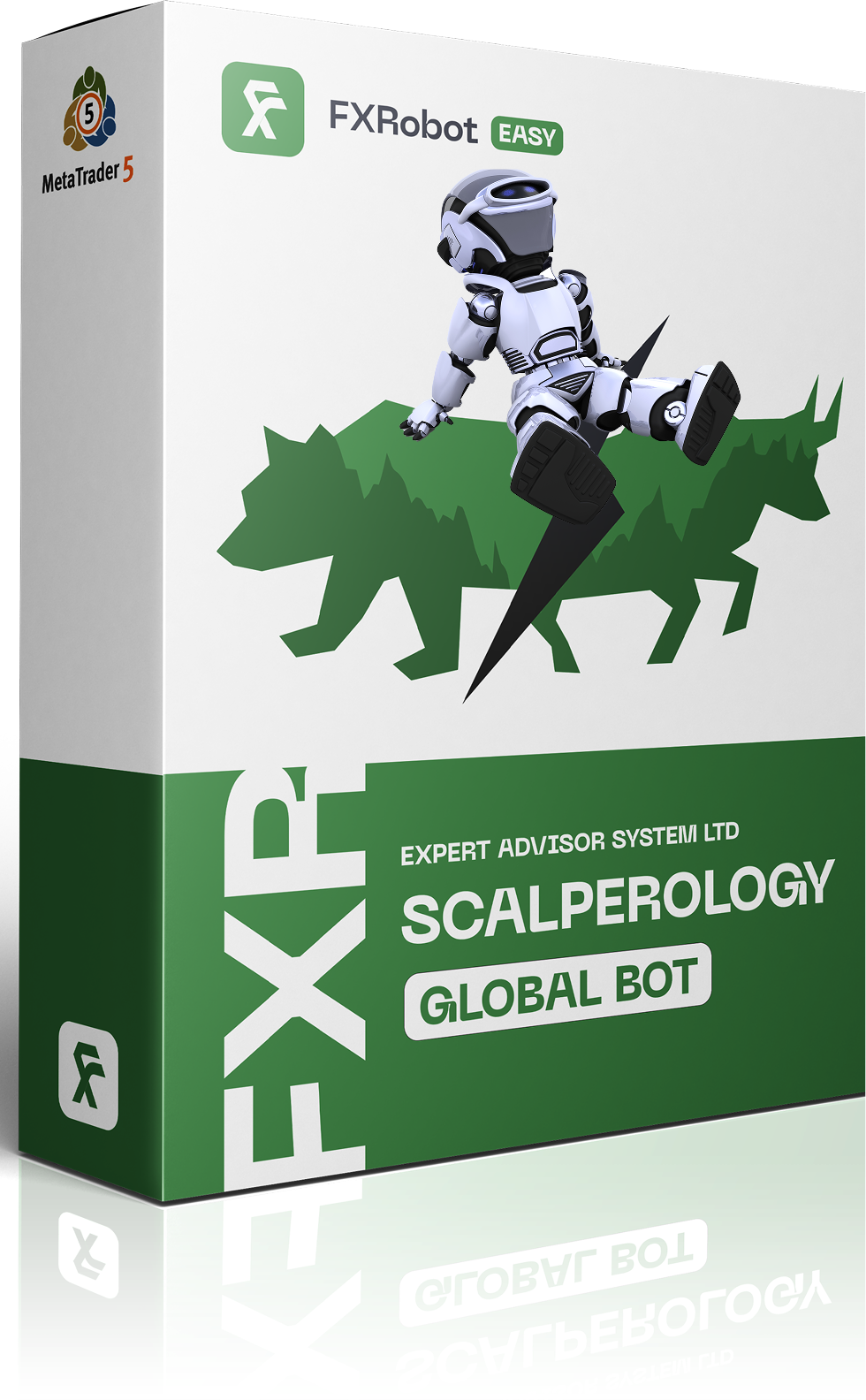At this time, purchasing EASY Bot items is not available to all members. Read more - how to get access to purchase
Stochastic Indicators
Find the Right Edition That Fits You



Scalperology Ai MT5



























 Try it Free🍀
Try it Free🍀
Global
Pairs:

 AUD/JPY
AUD/JPY
AUD/JPY
AUD/USD
EUR/AUD
EUR/GBP
EUR/JPY
EUR/NZD
EUR/USD
GBP/USD
NZD/USD
USD/CAD
USD/CHF
USD/JPY
30-Day Profit:
0%
7-Day Profit:
0%
Support:
24х7 via Telegram

Breakopedia Ai MT5

































 Try it Free🍀
Try it Free🍀
Global
Pairs:

 AUD/JPY
AUD/JPY
AUD/JPY
AUD/USD
EUR/AUD
EUR/GBP
EUR/JPY
EUR/NZD
EUR/USD
GBP/USD
NZD/USD
USD/CAD
USD/CHF
USD/JPY

XAU/USD

XAG/USD

XBT/USD
30-Day Profit:
0%
7-Day Profit:
0%
Support:
Developer
Understanding Stochastic Indicators
Stochastic indicators are momentum oscillators used in technical analysis to measure the speed and momentum of price movements. They focus on the relationship between a security's closing price and its price range over a specific period. This relationship helps traders identify potential reversal points in the market. 🤔How Stochastic Indicators Work
Stochastic indicators consist of two lines:- %K Line: This line reflects the current closing price in relation to the price range over the specified period.
- %D Line: This is a simple moving average of the %K line, offering a smoothed view of the momentum.
Key Features of Stochastic Indicators
- Versatility: Stochastic indicators can be applied to any financial instrument, including Forex, stocks, and commodities.
- Customization: Traders can adjust the periods for calculating %K and %D, allowing for tailored strategies.
- Alert Functions: Many advanced stochastic indicators provide alert functions for crossing thresholds, making them easier to use in automated trading systems.
Popular Stochastic Indicators
One notable indicator is the Hybrid Stochastic indicator, which enhances the traditional stochastic oscillator by incorporating the Relative Strength Index (RSI). This combination aims to provide more reliable overbought and oversold signals. Traders can also find indicators like the KDJ indicator, which is a variation of the stochastic indicator used mainly in the futures and stock markets for trend analysis.Trading Signals from Stochastic Indicators
Traders utilize stochastic indicators for several signals, including:- Buy Signal: When the %K line crosses above the oversold level (20).
- Sell Signal: When the %K line crosses below the overbought level (80).
- Divergence: Observing differences between price action and the indicator can indicate potential reversals.
Optimizing Stochastic Indicators
To enhance the performance of stochastic indicators:- Combine with other indicators like moving averages to filter false signals.
- Adjust the parameters based on the specific market conditions and timeframe being traded.
- Use multiple timeframes to confirm signals; for example, a signal in the daily chart backed by a trend in the hourly chart.